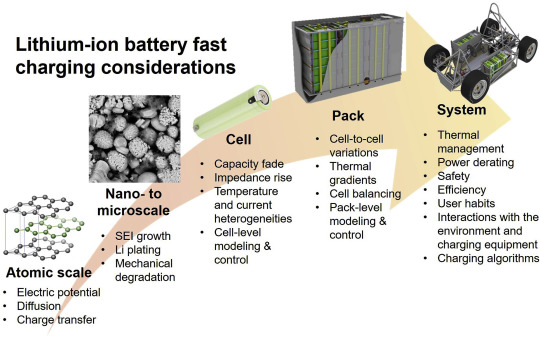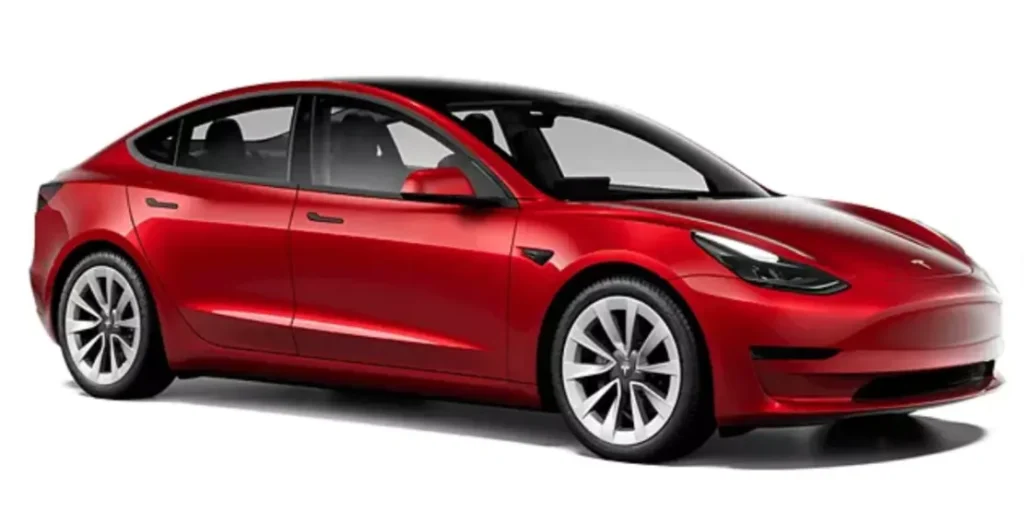Lithium-Ion Batteries: The Power Source of the Future
1. Unmatched Energy Density and Compact Design
Lithium-ion batteries offer one of the highest energy densities among current battery technologies, making them ideal for applications that demand lightweight and compact power sources. Unlike lead-acid batteries, which are bulky and heavy for the same output, lithium-ion batteries can store more energy per unit of weight and volume. This makes them perfect for modern devices like smartphones, laptops, drones, and especially electric vehicles (EVs), where saving space and weight significantly improves efficiency and performance. Their compactness also allows for flexible design integration across industries.

2. Superior Lifespan and Efficiency
One of the most compelling reasons lithium-ion batteries are leading the future is their significantly longer lifespan. These batteries typically last 3 to 4 times longer than traditional lead-acid batteries and can withstand thousands of charge-discharge cycles. Additionally, lithium batteries maintain high energy efficiency, with up to 95% of stored energy being converted into usable power. This high efficiency reduces waste, lowers energy bills over time, and makes lithium-ion systems ideal for both commercial and residential energy storage solutions, such as solar power banks and backup systems.

3. Fast Charging Capabilities and Performance
Lithium-ion batteries charge much faster than lead-acid alternatives, which is a major advantage in time-sensitive applications. While a lead-acid battery may take 6–8 hours to fully charge, a lithium-ion battery of the same capacity can be fully charged in under 2 hours. This makes them incredibly useful in industries like electric mobility, where downtime must be minimized. Additionally, lithium-ion batteries can handle higher current loads without performance degradation, making them reliable for consistent power delivery in high-demand applications.

4. Low Maintenance and Environmental Benefits
Compared to lead-acid batteries, lithium-ion batteries require minimal maintenance. There’s no need for water refilling or regular electrolyte checks. Also lithium-ion batteries don’t emit gases during charging, unlike lead-acid batteries that release hydrogen and oxygen, which require proper ventilation. Their low maintenance requirements and cleaner operation make them environmentally safer and more sustainable in the long run. Moreover, as lithium battery recycling technologies improve, they will become even more eco-friendly, reducing electronic waste and promoting a circular economy.

5. Driving the Electric Revolution Across Industries
Lithium-ion batteries are at the heart of the global shift toward electrification. They power not only electric vehicles but also renewable energy systems, grid storage, aerospace technologies, and even military applications. With the rise of solar and wind energy, lithium batteries provide the reliable storage solution needed to maintain power continuity. Major battery manufacturers like CATL, Panasonic, and Tesla are investing heavily in lithium technology, forecasting rapid market growth. With a projected CAGR of over 17% through 2027 and a market value expected to reach USD 90 billion by 2025, lithium-ion batteries are clearly shaping the future of how we power the world.


